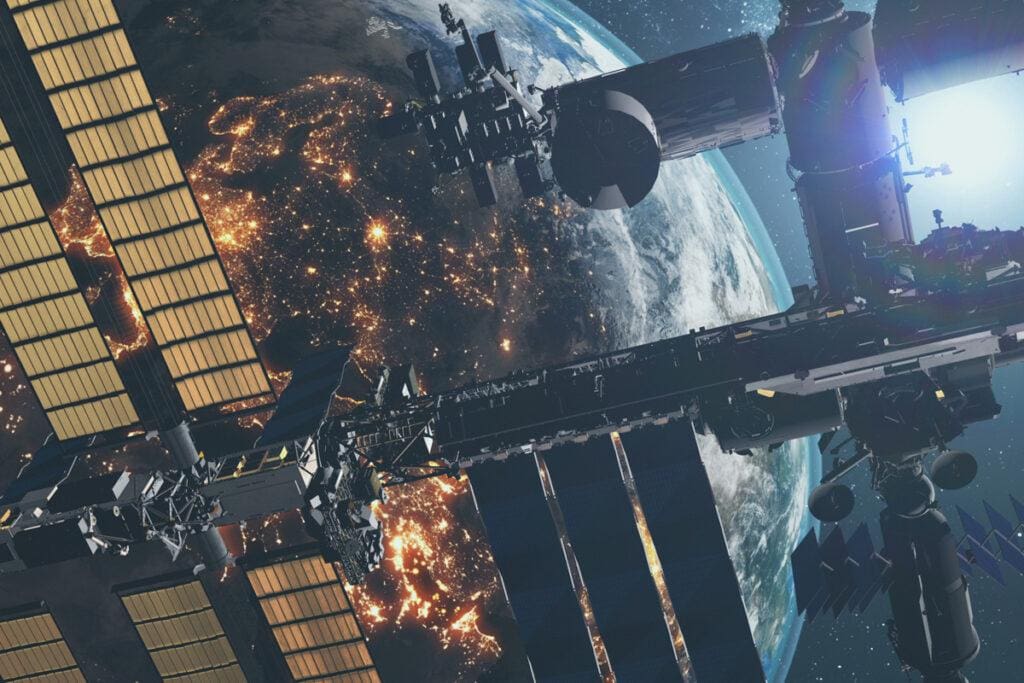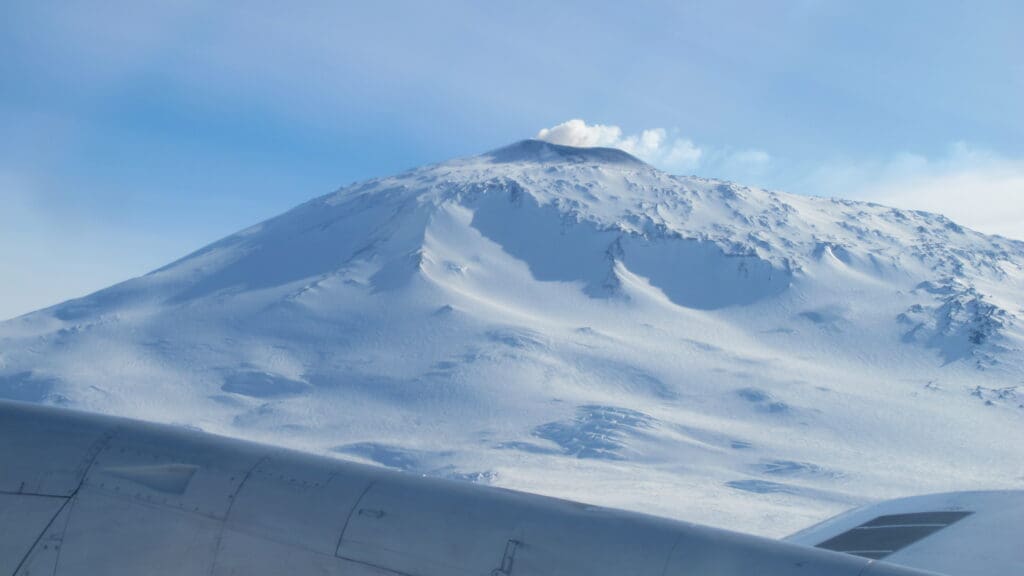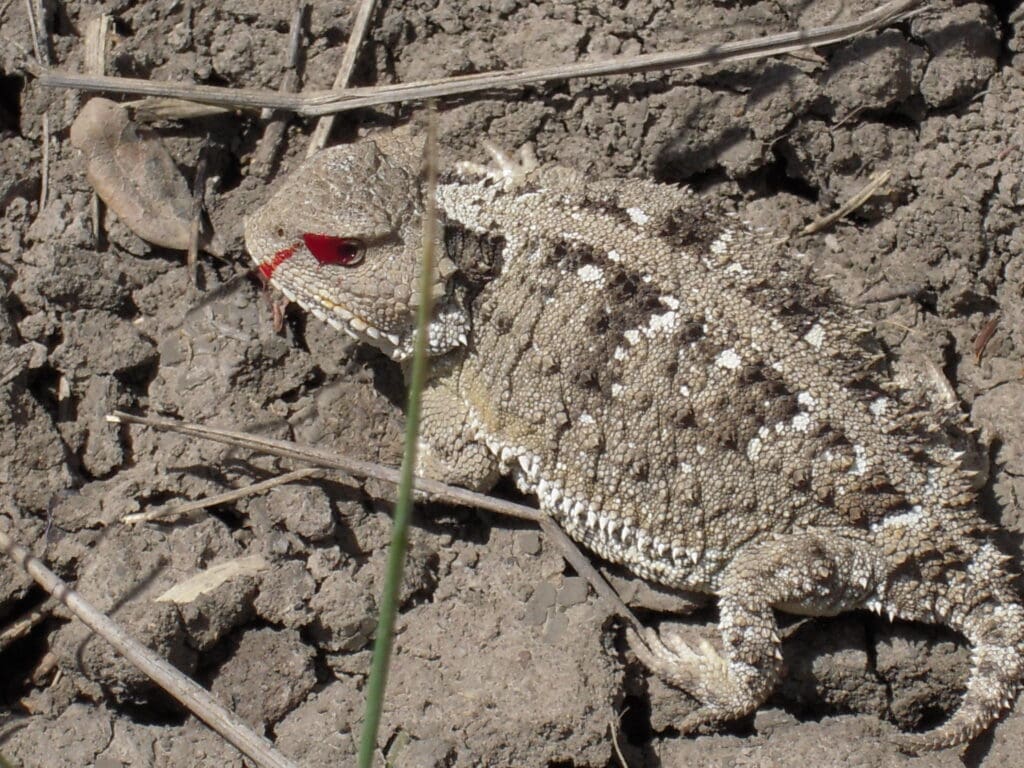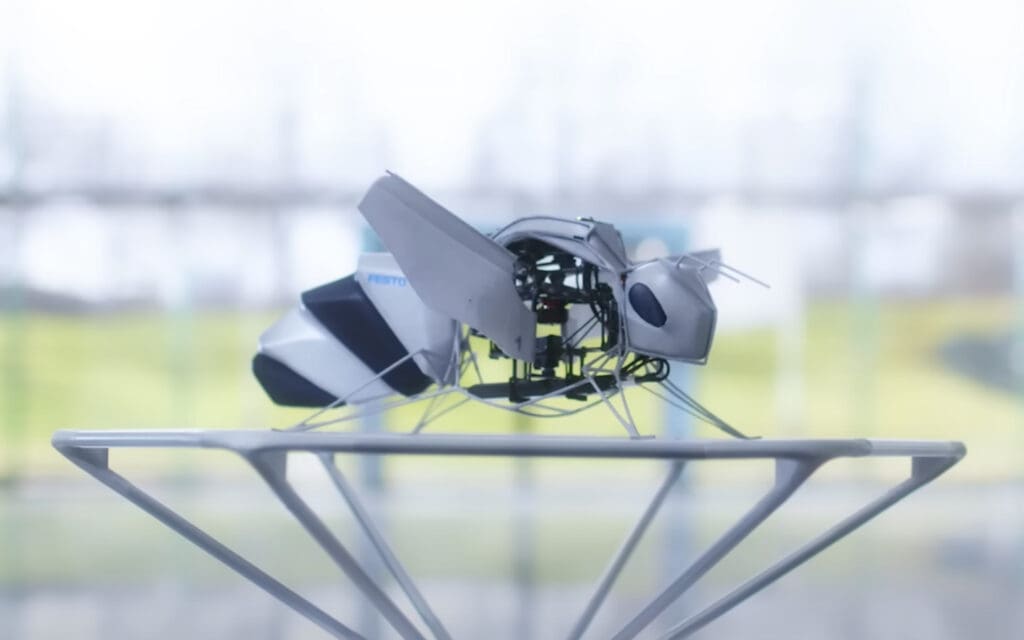In something that sounds like it’s straight out of science fiction, NASA’s OSIRIS-REx spacecraft sample return capsule touched down in Utah, delivering a cup’s worth of space rocks collected 200 million miles away. Find out what NASA hopes to learn.
NASA’s Asteroid Mission

The $1 billion OSIRIS-REx mission was launched by NASA in 2016. The OSIRIS-REx was the second mission by any nation to collect an asteroid sample. The first was the Japan Aerospace Exploration Agency (JAXA). Their Hayabusa 1 collected materials from asteroid Itokawa and returned them in 2010.
In 2018, OSIRIS-REx arrived at Bennu on December 3, 2018, NASA discovered that the asteroid was more a pile of gravel and rubble than a solid rock. Because of this, scientists working on the mission had to rethink the landing of the probe.
Ultimately, NASA scientists reprogrammed the small probe to land in an area that was less than one-quarter the size of the original intended landing site. On October 20, 2020, OSIRIS-REx used a long stick vacuum to grab rubble from the small, round space rock. The spacecraft Successfully collected a sample from Bennu.
According to NASA, on April 7, 2021, OSIRIS-REx made its last flyover of Bennu, and roughly a month later, on May 10, 2021, the mothership began its journey back toward Earth.
Capsule Returns Ancient Asteroid Samples


On September 24, 2023, OSIRIS-REx released its sample return capsule from 63,000 miles (100,000 kilometers) out. The small probe made a safe landing in the Utah desert at the U.S. Army’s Dugway Proving Ground. Teams from NASA and the U.S. Air Force made a successful recovery of the spacecraft.
NASA’s first-ever samples taken from an asteroid in deep space – 200 million miles away to be exact – are also a historic first for the United States.
According to scientists, among the 250 grams (8.8 ounces) of rocks and other material captured from Bennu, are black pebbles and dirt that are older than Earth. The rocks have traveled through space for eons.
After NASA and Army teams recovered the capsule, it was placed in a nearby clean room that contained nitrogen gas to protect it from Earth’s atmosphere. This will protect the capsule while it’s transported to NASA’s Johnson Space Center in Houston.
What Does NASA Hope to Learn?


Scientists say the material captured from the asteroid is undisturbed remnants of the solar system’s early days and planet formation. They are eager to study such pristine asteroid material. It remains uncontaminated and will help them understand the early chemistry in the universe. This could then lead to clues of how it might have contributed to the emergence of life. And it could at least answer some burning questions about the origins of life on Earth.
Scientists From Other Nations Will Also Study the Asteroid Sample
NASA plans to keep roughly 70 percent of the sample at the Johnson Space Center. It will be analyzed for years to come.
Roughly 25 percent of the sample will be shared between more than 200 scientists at thirty-five different facilities. Additionally, four percent of the sample will be shared with the Canadian space agency, and 0.5% will be given to the Japan Aerospace Exploration Agency (JAXA).


Queen’s Guitarist, Brian May, Helped NASA Return the Asteroid Sample
Not only is Brian May the guitarist of Queen – he’s also an astrophysicist. May, 76, says he was “immensely proud” to be part of the OSIRIS-REx team that collected the sample from the asteroid Bennu, CNN reported.
As for May’s contribution to the OSIRIS-REx mission, he played it crucial role in creating stereoscope images from the spacecraft’s data. These images facilitated the leader of the mission, Dante Lauretta, and the team, to locate a safe site to land and collect a sample.









